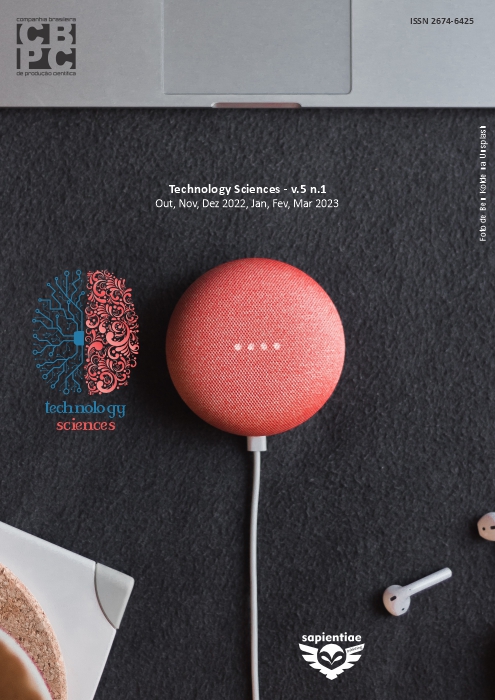Concrete carbonation: comparative analysis of carbonation depth in concrete with replacement of twenty percent of the fine aggregate by RCC, exposed in different environments
DOI:
https://doi.org/10.6008/CBPC2318-3055.2023.002.0001Keywords:
Carbonation, Concrete, Proof bodiesAbstract
This article analyzes the depth of carbonation in concrete with replacement of twenty percent of the fine aggregate by RCC. Many studies are carried out on the pathologies that attack concrete structures, we can see that research and tests on the corrosion of reinforced concrete have a great emphasis, manifestations caused by the carbonation of the concrete. The method of carbonation of concrete is the constant pathological hatching that reduces the efficiency of the protection that the concrete has for the reinforced steel structure within it, a pathology that results from the decrease in the pH of the cementitious materials in the concrete, as a result of the reaction physical-chemistry of the hydrated compounds of cement and the carbon dioxide existing in the atmosphere. The present study refers to the concrete carbonation process by the natural method, where the tests were carried out in the civil engineering laboratory of the Unifavip Wyden College. For the natural method 25 specimens were produced manually, in the compression test 9 specimens were used and traction by diametrical compression 4 specimens. After the period of curing of the specimens that were left in an H2O tank, 3 specimens were used for the initial compression test. Of these remaining specimens, 11 were placed exposed outside the laboratory without any protection and 11 inside the laboratory. After 14 days, 1 specimen of both environments was ruptured through diametral compression traction, then the phenolphthalein solution was placed on the 2 specimens, after 2 hours with the aid of a caliper, the carbonation depth was measured, on the same day the compression test was also carried out on 3 specimens from inside and 3 specimens that were exposed outside the laboratory, with 35 days the same traction process was repeated by diametral compression, for the realization of the article and diagnosis of the information obtained.
Downloads
Downloads
Published
Issue
Section
License
Copyright (c) 2023 Engineering Sciences

This work is licensed under a Creative Commons Attribution-NonCommercial-NoDerivatives 4.0 International License.
The CBPC - Companhia Brasileira de Produção Científica (Brazil CNPJ: 11.221.422/0001-03) the material rights of the published works. The rights relate to the publication of the work anywhere in the world, including rights to renewals, expansions and dissemination of the contribution, as well as other subsidiary rights. All electronically published works may subsequently be published in printed collections under the coordination of this company and / or its partners. The authors preserve the copyright, but are not allowed to publish the contribution in another medium, printed or digital, in Portuguese or in translation.








